Edited by Admin_Dermpath
Case Number : Case 1725 - 6 January - Dr Richard A Carr Posted By: Guest
Please read the clinical history and view the images by clicking on them before you proffer your diagnosis.
Submitted Date :
Clinical History: F60. Nasal tip. Lesion of long duration ?IDN. For newbies and trainees first please.
Case Posted by Dr Richard A Carr
Case Posted by Dr Richard A Carr

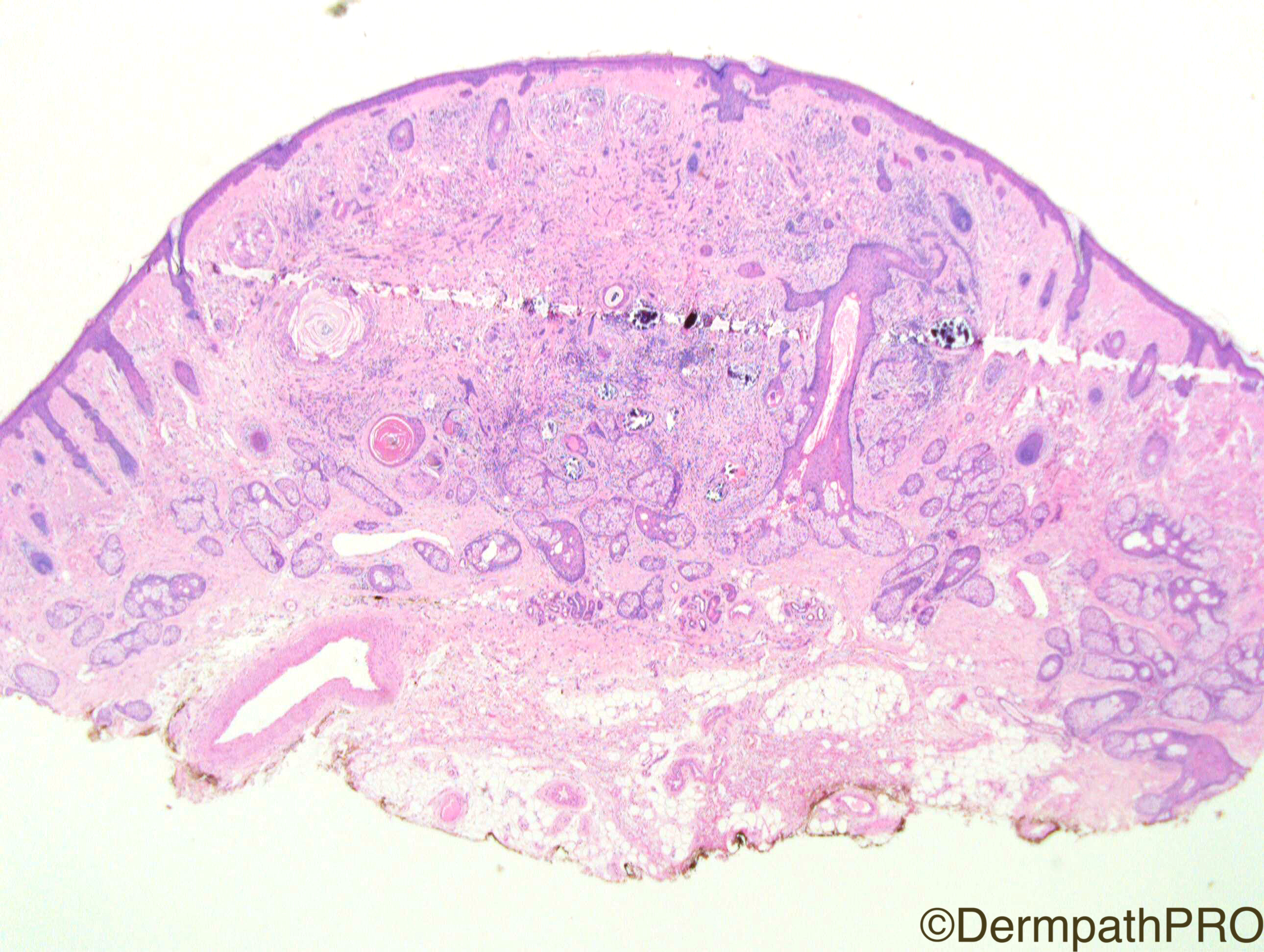
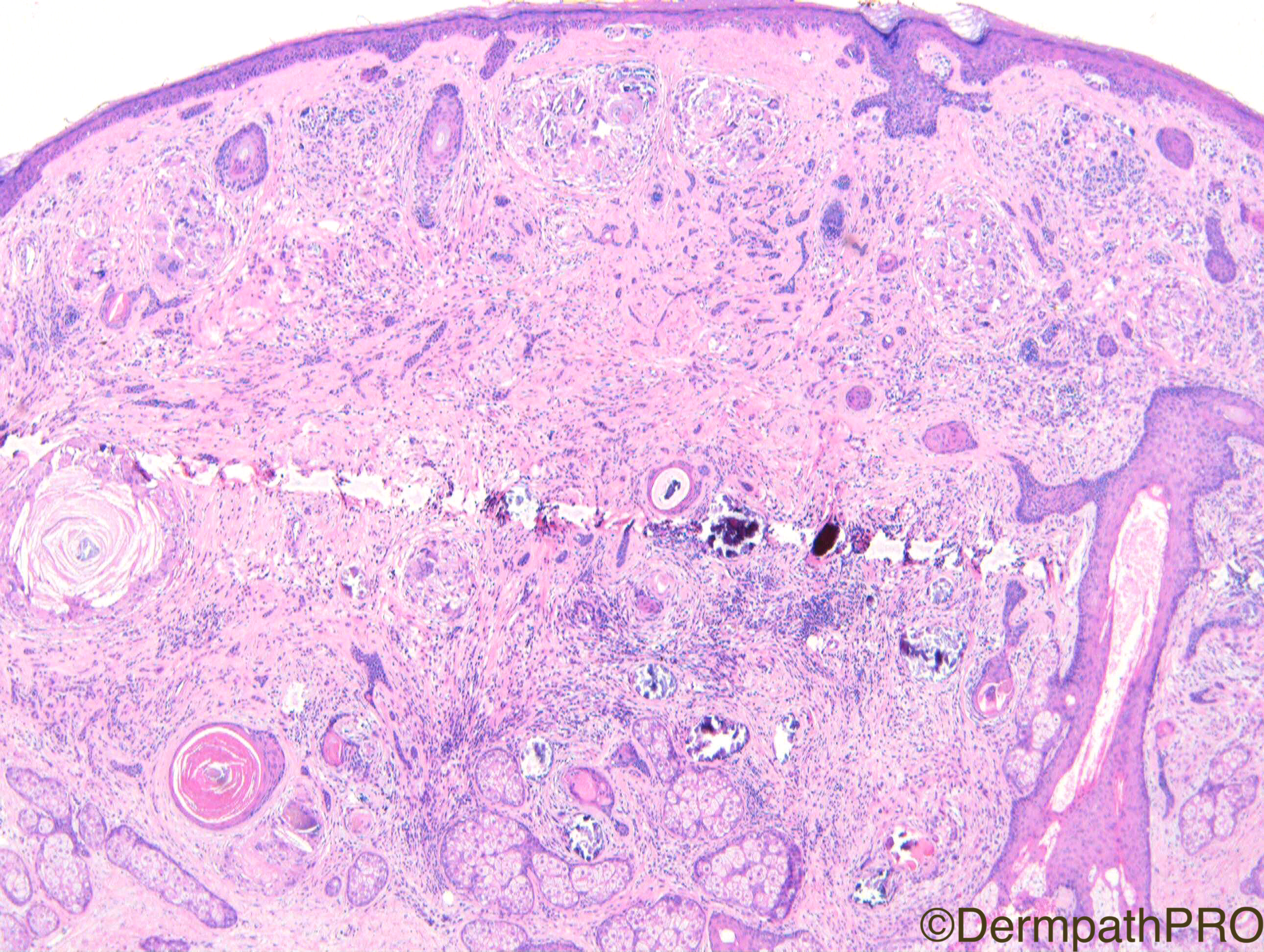
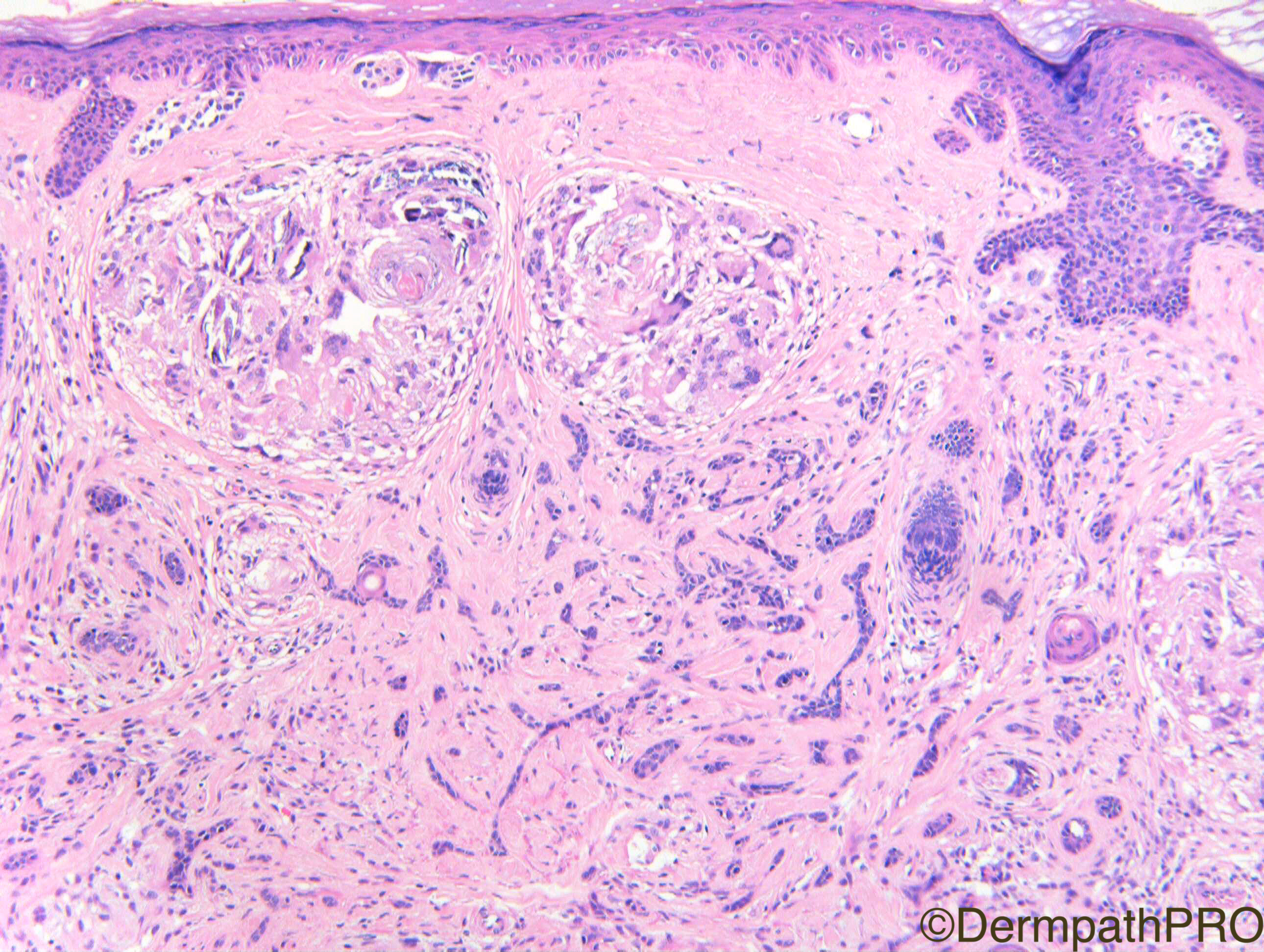
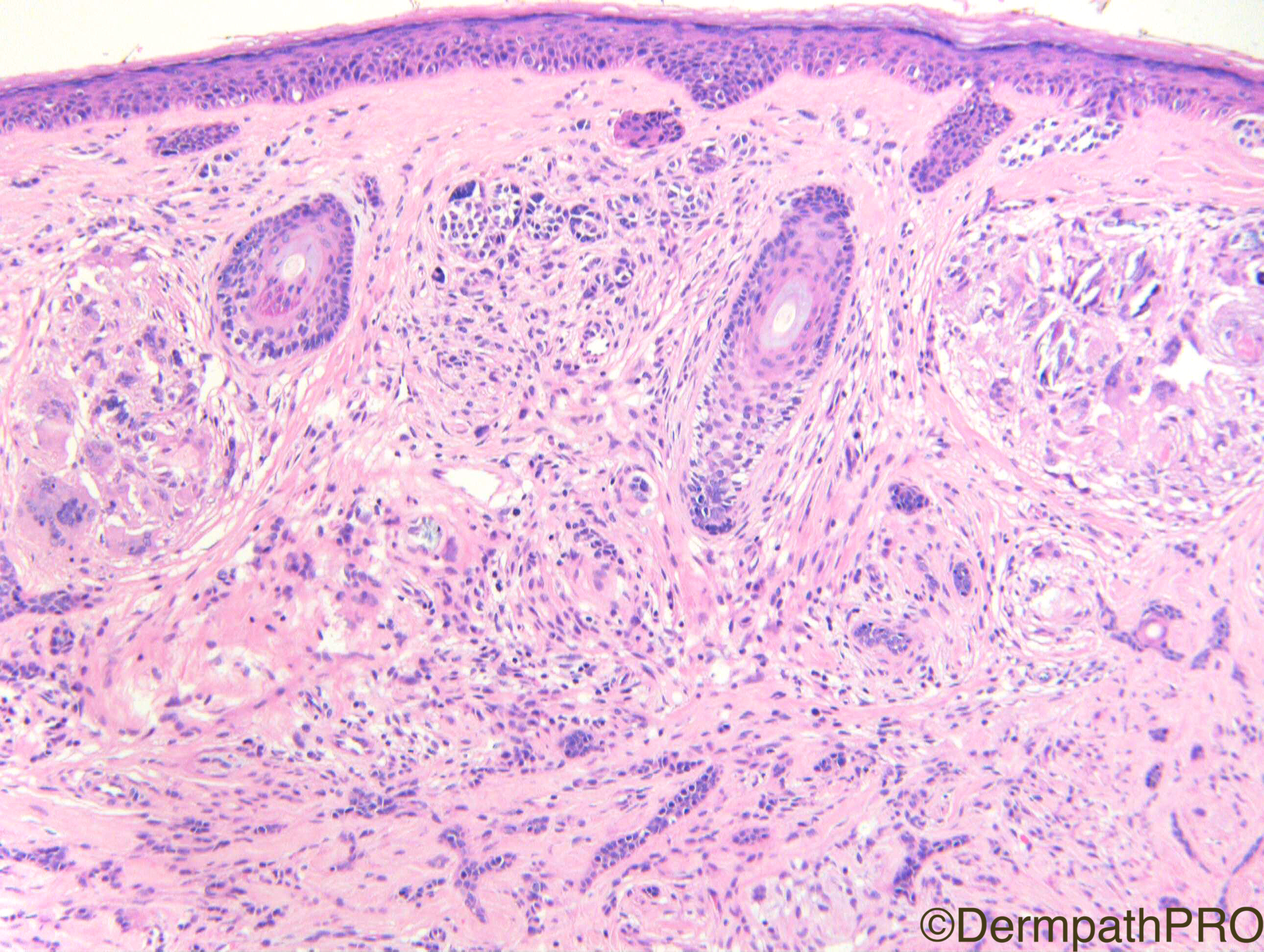
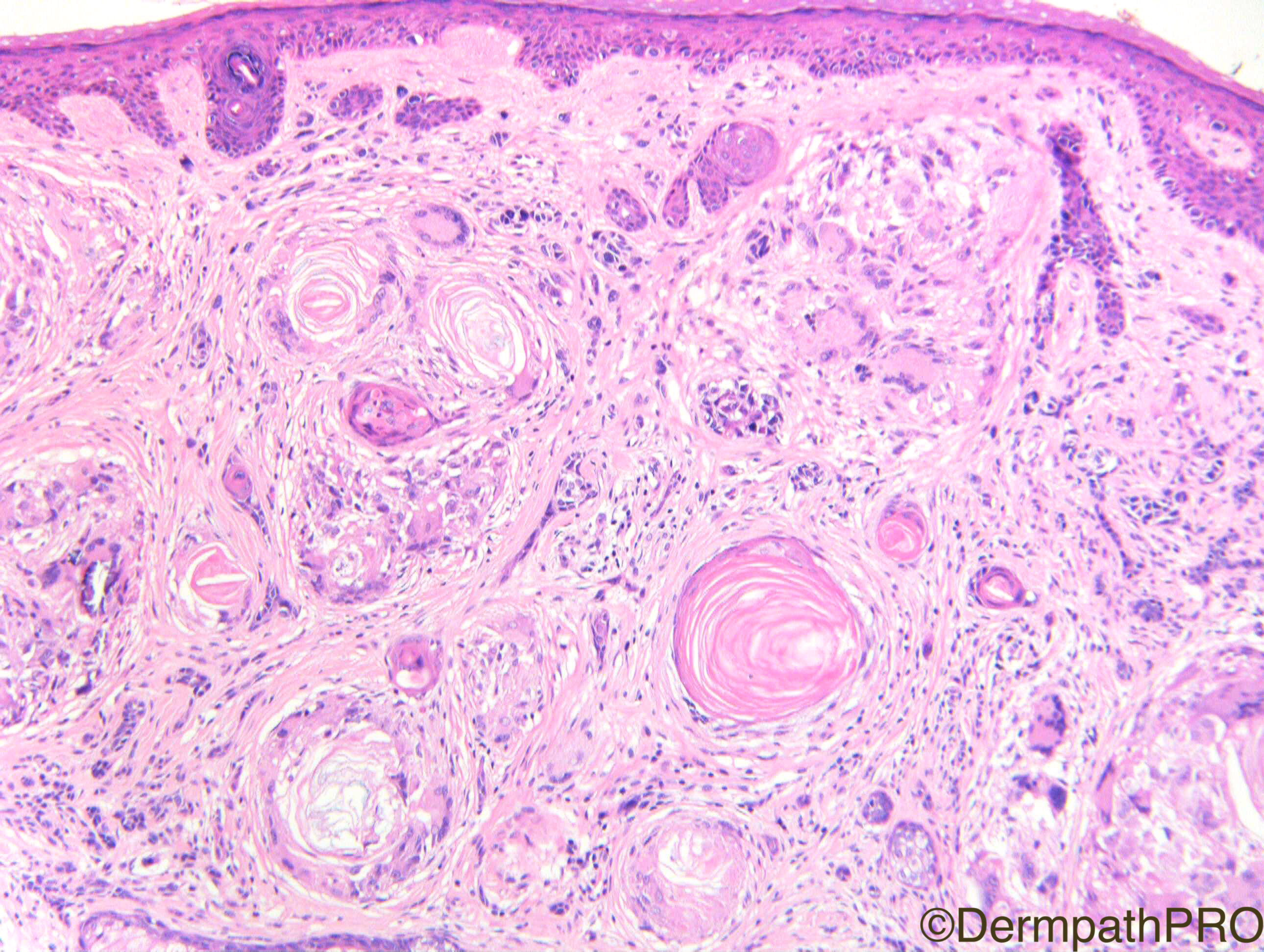
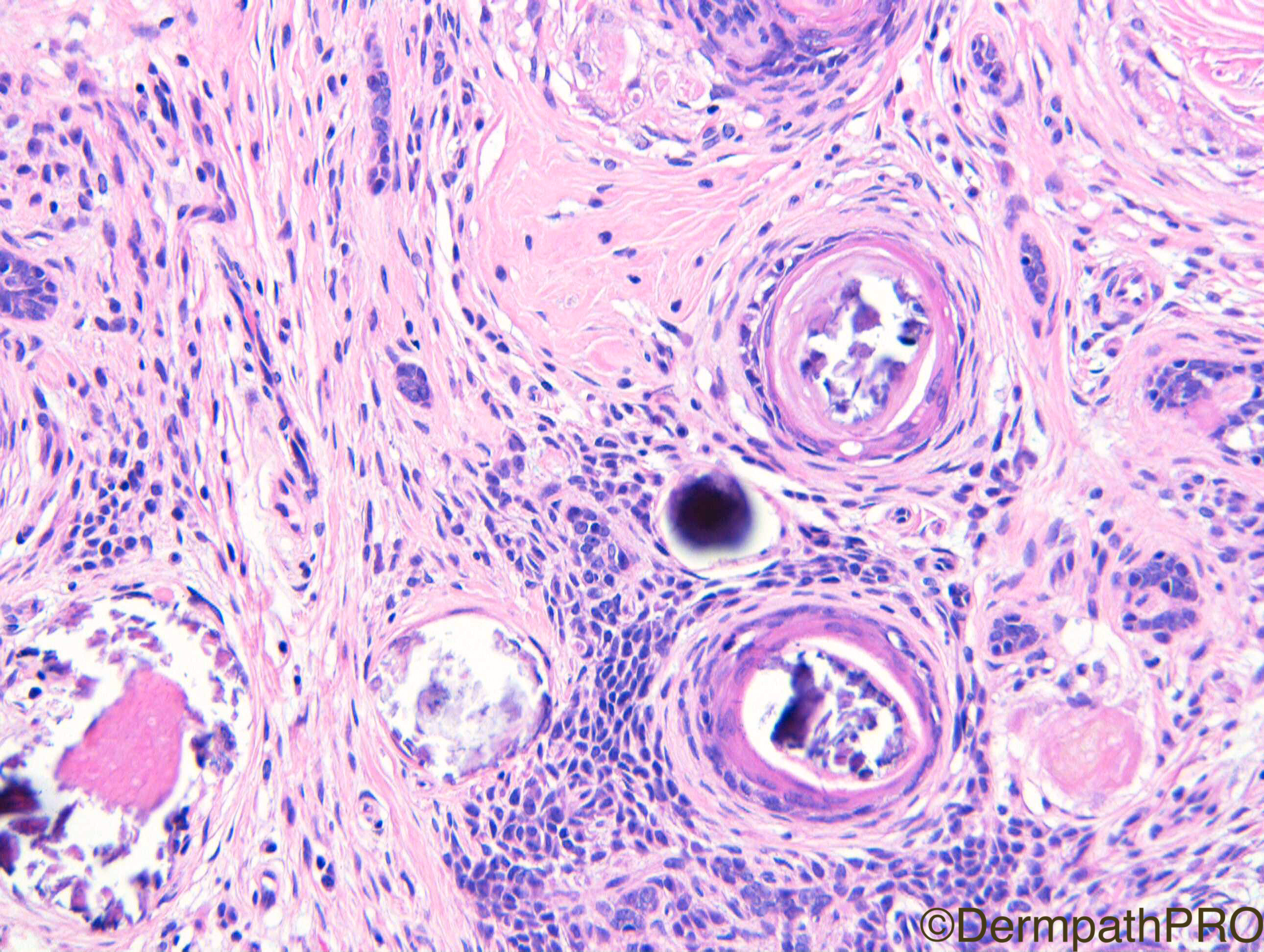

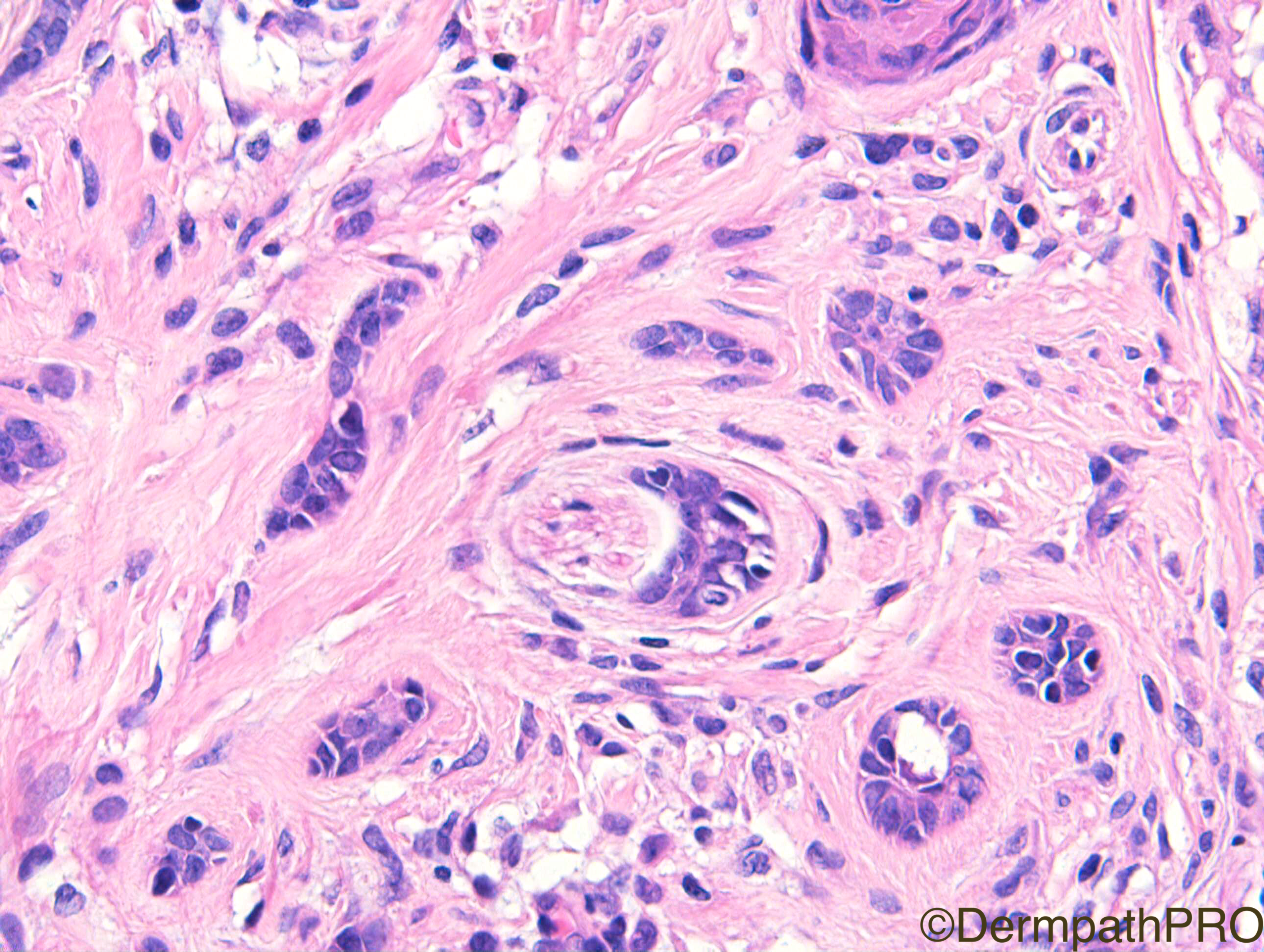
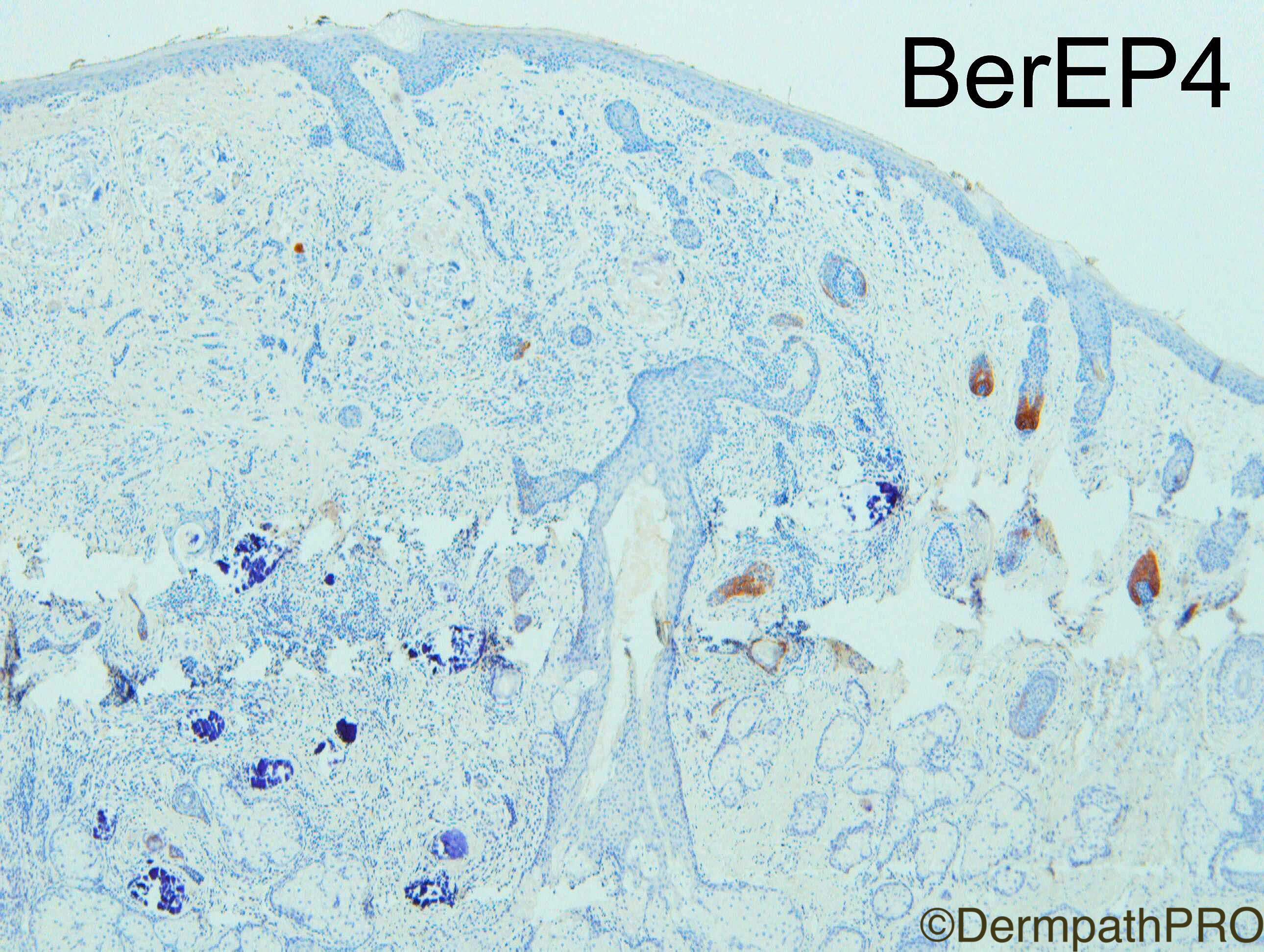



Join the conversation
You can post now and register later. If you have an account, sign in now to post with your account.